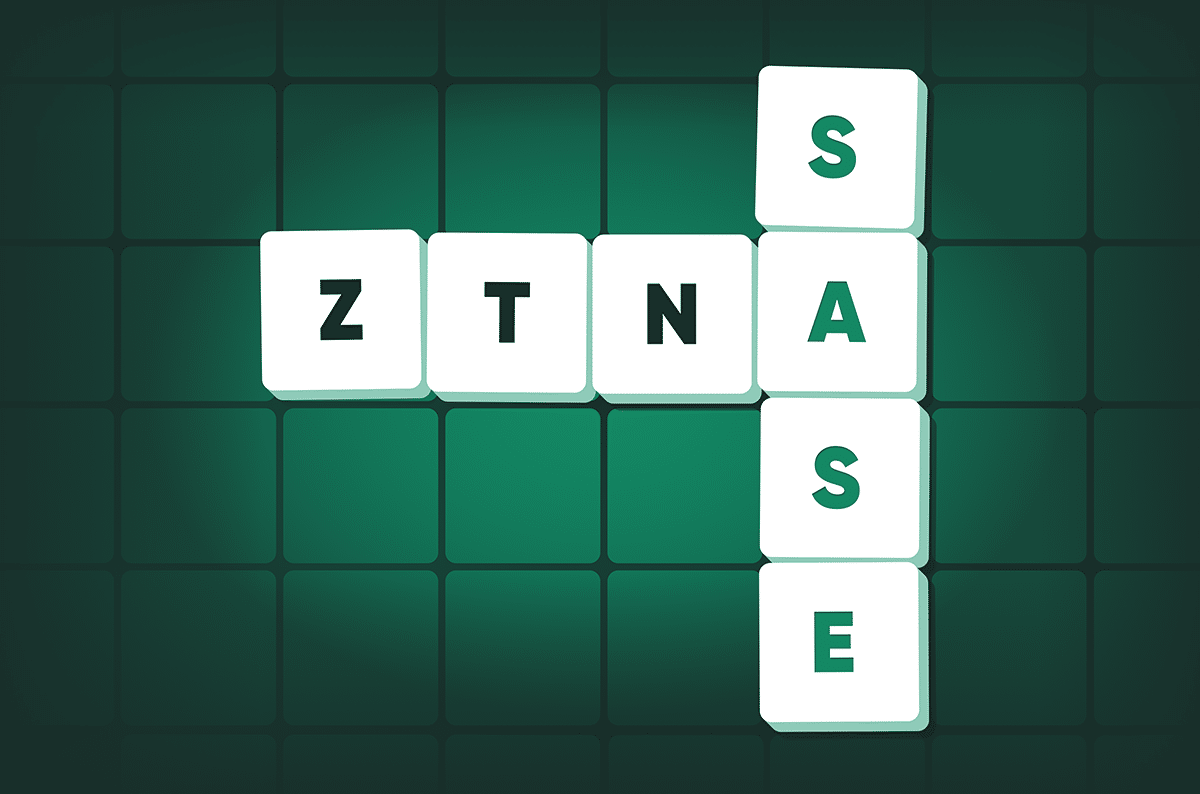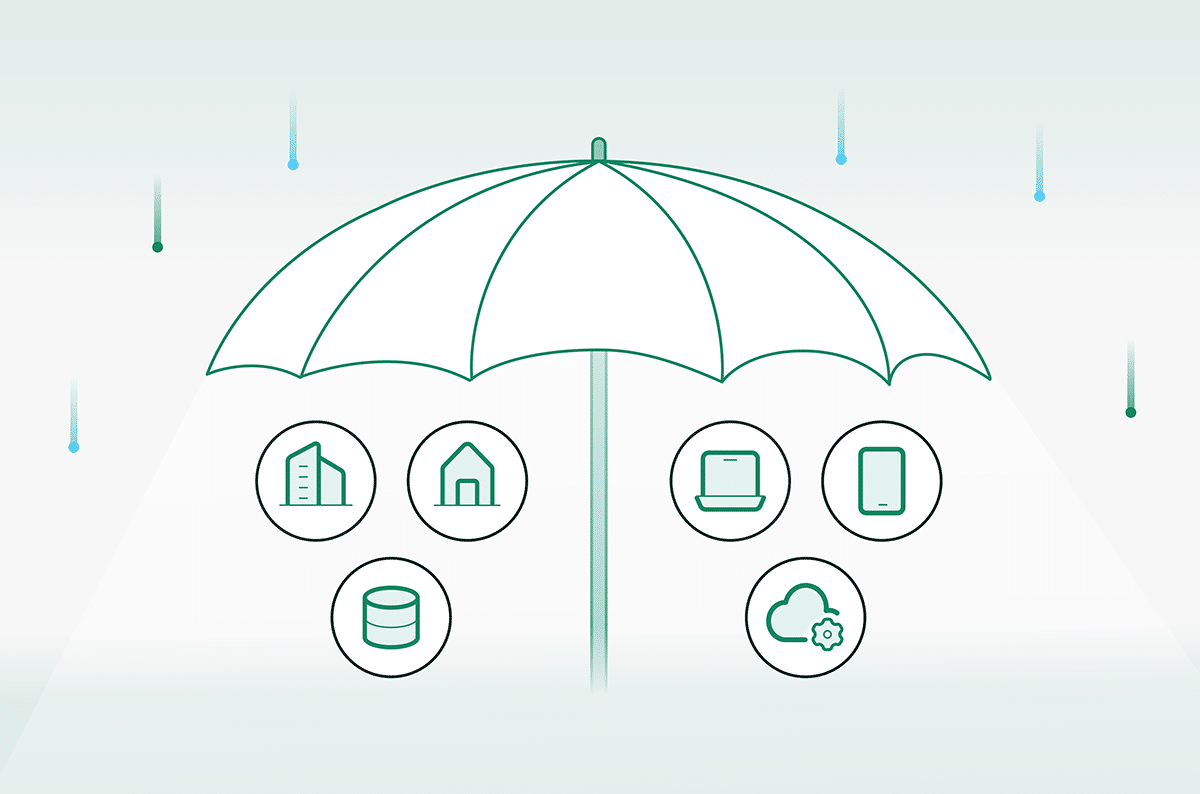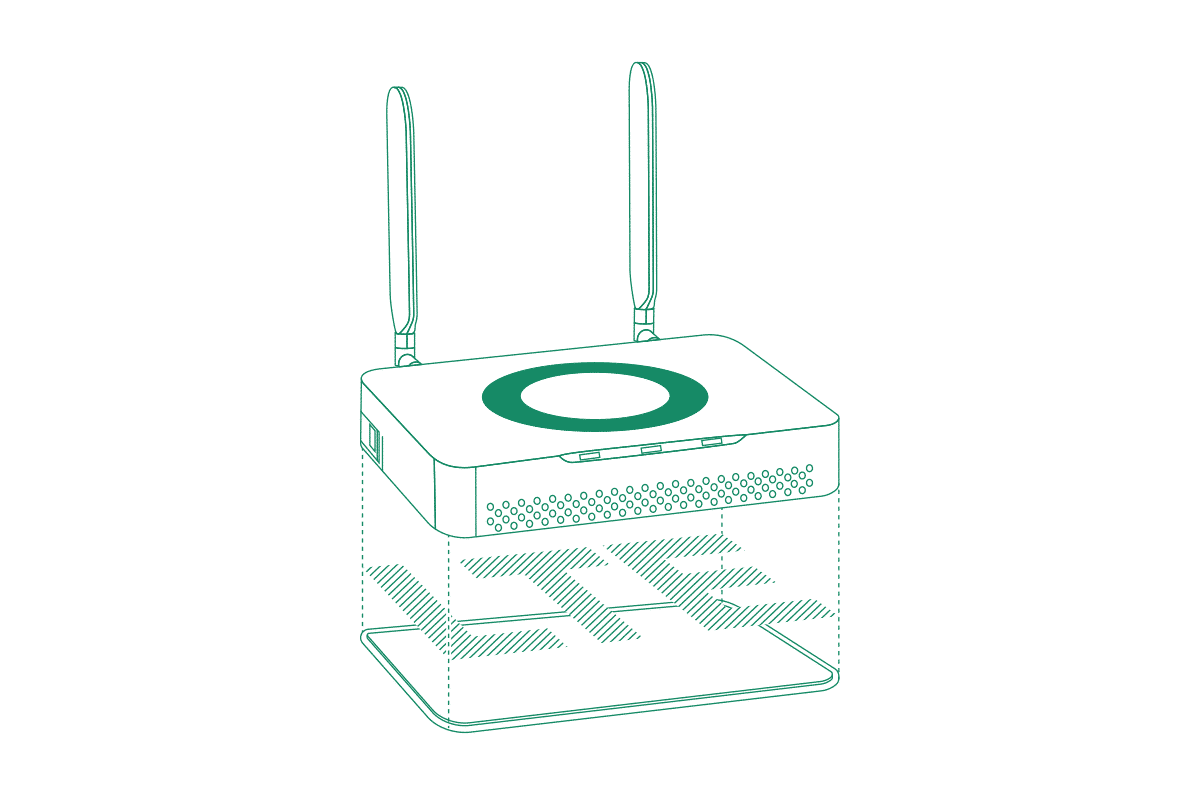ZTNA: A Game-Changer for C-Level Executives

|
Listen to post:
Getting your Trinity Audio player ready...
|
In today’s digital age, where work from anywhere and hybrid cloud adoption are the norm, traditional network security perimeters have crumbled. IT organizations are using hybrid cloud strategies to combine the scalable, cost-effective public cloud with the secure, compliant private cloud. However, on the user side, enterprises are grappling with the limitations of VPNs, which were once the go-to solution for secure remote access. Regardless of the Executive Initiative, securing remote access is a key component that must be addressed from strategy down to execution.
The VPN Dilemma
VPNs, while effective for basic remote access, often fall short in addressing the evolving security and performance needs of modern enterprises. The reliance on a fixed network perimeter makes it less effective in a cloud-centric, mobile-first world where users and resources are distributed across various locations. Moreover, traditional VPNs can introduce latency and bandwidth constraints, impacting application performance and user experience:
- Complexity: VPNs can be complex to manage, especially for large organizations with multiple locations and diverse user populations.
- Security Risks: 2023 saw a 47% increase in VPN security vulnerabilities1, with attacks such as Code Execution/Injection or DoS (Denial of Service).
- Performance Issues: VPNs can affect network performance with increased latency due to the added layers of encryption.
- Scalability Challenges: Scaling VPN infrastructure to accommodate growing user bases and application workloads can be difficult and costly.
For modern enterprises, the traditional VPN approach creates limitations in security, performance, and scalability.
The C-Level Imperative: Rethinking Network Security
Given the limitations of traditional VPNs, CxOs must reevaluate their network security strategies. ZTNA (Zero Trust Network Access) offers a more modern and effective approach to secure remote access.
ZTNA: A Paradigm Shift
ZTNA is a security framework that challenges the traditional assumption that users within a corporate network are trusted. Instead, ZTNA mandates that all users, regardless of their location, must be verified and authorized before accessing resources. Key benefits of ZTNA include:
- Enhanced Security: ZTNA enforces granular access controls, prevents unauthorized access, and eliminates the need for a perimeter-based approach, making it more difficult for attackers to breach the network.
- Improved User Experience: By eliminating the old limitations of VPNs, ZTNA enhances the user experience and productivity with secure seamless access to applications.
- Increased Scalability: ZTNA is designed to scale with the needs of the business, making it ideal for organizations with growing user bases and complex IT environments.
- Reduced Costs: By eliminating the need for VPN infrastructure and management, ZTNA can reduce overall costs and improve efficiency.
Why ZTNA Strategy is Important at the CxO Level
ZTNA significantly impacts C-level initiatives, i.e. compliance, mergers and acquisitions (M&A) and staff optimization, by providing enhanced security and streamlined access control.
- In enterprise compliance efforts, ZTNA ensures that only authenticated and authorized users can access sensitive data, aligning with regulatory requirements and reducing the risk of data breaches.
- During strategic M&A activities, ZTNA facilitates secure, scalable access for newly integrated teams and systems, reducing the complexity of merging disparate networks while protecting intellectual property and sensitive information.
- ZTNA supports staff optimization by reducing the workload on IT teams, automating security processes, and simplifying access management. This is especially valuable in an era where IT retention and utilization are key concerns, enabling organizations to do more with fewer resources while maintaining robust security.
For any C-level enterprise initiative, securing access with a ZTNA strategy plays a key factor in fortifying digital transformation efforts.
The Evolution of Remote Access: From VPN to ZTNA to SASE | Watch NowZTNA as a Core Component of SASE
To fully realize the benefits of ZTNA, it is often implemented as part of a broader SASE (Secure Access Service Edge) architecture. SASE is a cloud-based platform that converges the principles of network security, SD-WAN, and zero-trust access into a single, unified solution. The goal is to deliver secure and optimized connectivity from users everywhere to applications anywhere.
By integrating ZTNA within the SASE framework, organizations can enforce granular access controls and continuously verify user identities, ensuring that only authorized users gain access to specific applications and data. This integration provides a more adaptive approach to managing access in a dynamic and distributed environment. Additionally, it streamlines network management and reduces complexity by combining security and connectivity functions into a cohesive system. ZTNA, as a core component of SASE, enables businesses to achieve a more comprehensive and cohesive security posture, enhancing both user experience and overall network performance.
The Value of Cato Networks SASE, with ZTNA
Cato Networks offers a comprehensive SASE platform that includes ZTNA as a core component. Cato SASE provides unique value with its cloud-native architecture built upon a global private backbone:
- Agility with Fully Cloud-Native: Cato SASE’s fully cloud-native platform delivers continuous innovation and rapid feature updates without the hassle of software upgrade-planning.
- Resiliency with Global Private Backbone: Cato’s self-healing, global private backbone establishes direct control for fast, reliable, and secure connections worldwide.
- Simplicity with Unified Platform: Cato’s SASE platform integrates networking, security, and XDR into the same single dashboard for simplified operations.
- Security Advanced Features: Cato offers access to the full security stack symmetrically across the entire backbone worldwide.
- Connectivity with Optimized Performance: Cato’s SD-WAN optimizes and accelerates all traffic through its backbone, enhancing application performance and user experience.
- Scalability: Cato SASE Cloud easily scales with growing business demands and user needs without complex infrastructure changes.

ZTNA as an Element of Cato SASE Cloud for Enhanced Security
Cato SASE’s ZTNA provides secure, seamless access to applications and data, regardless of user location. Cato SD-WAN provides secure and resilient connectivity leveraging Cato’s global private backbone, which boasts 99.999% SLA uptime. This high level of service availability minimizes downtime and guarantees consistent performance for users worldwide.
Additionally, Cato’s full security stack is deployed in every Point of Presence (POP), offering comprehensive protection:
- Protection with FWaaS (Firewall-as-a-Service): Provides advanced threat protection and traffic inspection.
- Filtering with SWG (Secure Web Gateway): Ensures safe internet access by filtering malicious content and enforcing web usage policies.
- Prevention with IPS (Intrusion Prevention System): Detects and prevents network threats in real-time.
- Detection with NGAM (Next-Gen Antimalware): Protects organizations from malware in real-time.
- Safeguarding with DLP (Data Loss Prevention): Protects sensitive data from unauthorized access and exfiltration.
- Visibility with CASB (Cloud Access Security Broker): Secures cloud applications and enforces compliance policies.
By integrating these security functions within the SASE framework, Cato ZTNA consistently enforces security policies across the network, minimizing the risk of unauthorized access and data breaches while enhancing the user experience.
Cato SASE empowers organizations with a comprehensive, cloud-native solution that delivers exceptional performance, security, and user experience.
CxOs Embrace ZTNA/SASE for Business Security and Growth
As businesses continue to embrace digital transformation, the need for robust and scalable security solutions becomes increasingly critical. ZTNA, when implemented as part of a SASE architecture, offers a powerful and effective approach to securing remote access, protecting sensitive data, and improving user experience. C-level executives who walk away from the limitations of traditional VPNs and embrace ZTNA are well-positioned to drive their organizations toward a more secure and efficient future.















